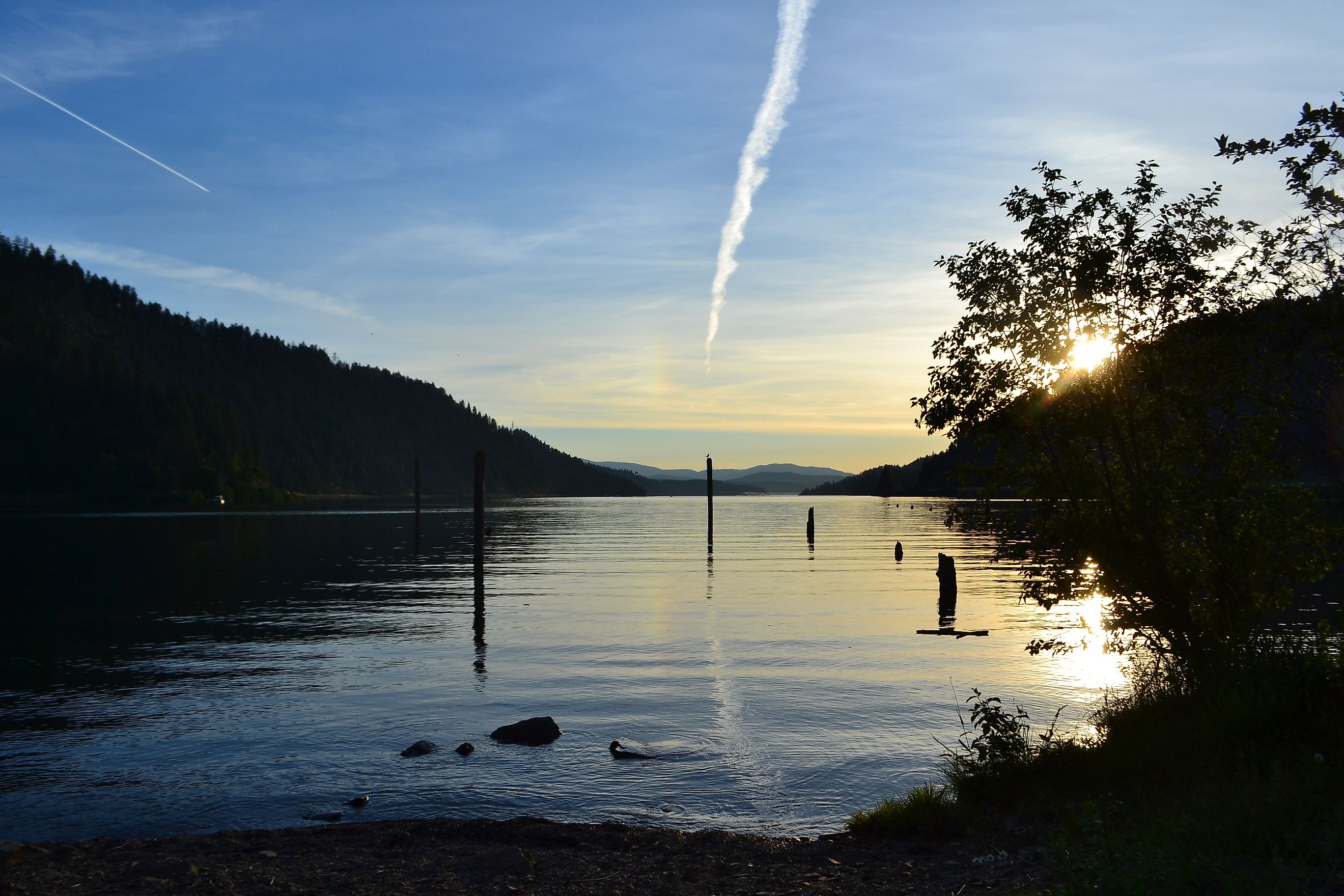
The Most Snake Infested Lakes in Idaho
Idaho is a paradise for those who love the wilderness, and its lakes are some of the most beautiful in the country. From the shores of the famous Lake Couer d'Alene to the far-flung Langer Lake in the Frank Church Wilderness Area, both visitors and those who call the Gem State home enjoy its tranquil waters. However, there can be hidden dangers if you're hiking, biking, swimming, or hunting--specifically, Idaho's twelve species of snake. Whether it's a home infested with garter snakes in Rexburg or a Prairie Rattlesnake in Idaho's biggest and most remote wilderness, this state has plenty of snakes to spare.
Lake Couer d'Alene
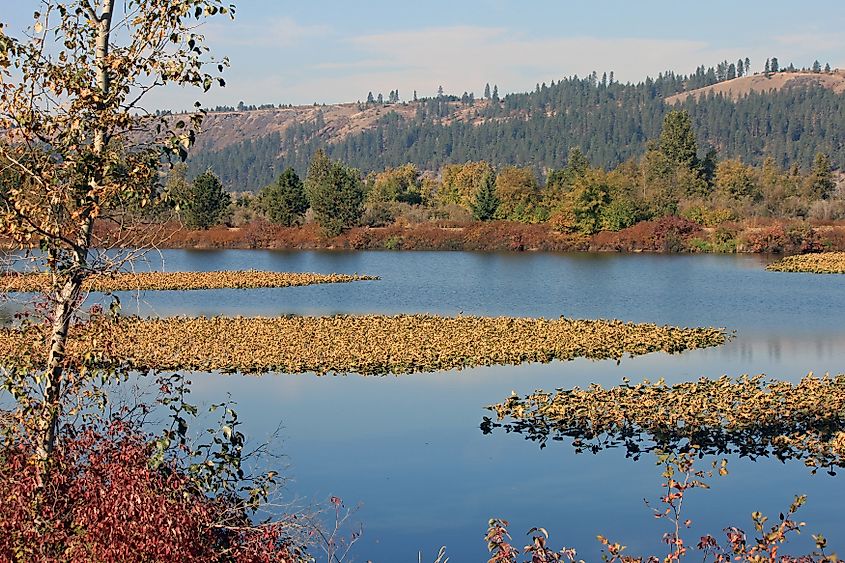
At 26 miles long, with 135 miles of shoreline, Couer d'Alene is the second largest lake in northern Idaho. This natural lake was created from glaciers during the Ice Age, and sits among some of the most beautiful mountains in the United States. Bald eagles visit the lake to feast on the spawning kokanee salmon each winter from November through February, and ospreys plunge into the waters to feed during the spring and summer. A favorite of anglers, Couer d'Alene is full of trout, bass, and pike as well as salmon. Tubbs Hill and the North Idaho Centennial Trail offer majestic views for hikers, while boaters can rent jet skis, pontoon boats, and sailboats at various places around the lake. There's even a floating golf green that moves around the lake via an intricate system of underwater cables.
This Northern Idaho lake also has its share of snakes. The most common snakes in the Lake Couer d'Alene area are the Common Garter Snake and the Terrestrial Garter Snake. The Common Garter Snake is black with red blotches and a pale yellow stripe, and is a familiar sight to many, especially near the water. The Terrestrial Garter Snake is dark gray or brown, with a brown or dull yellow stripe that runs down the middle of its back, and is more commonly seen than its cousin. Garter snakes are not venomous, but may strike or bite if they feel threatened. They may also release musk, a greasy and unpleasant-smelling liquid that's meant to deter predators. Garter snakes are unusual in the reptile world in that they give birth to live young, so look out for baby snakes between August and September if you're going on a snake-watching hike.
Boise Cascade Lake
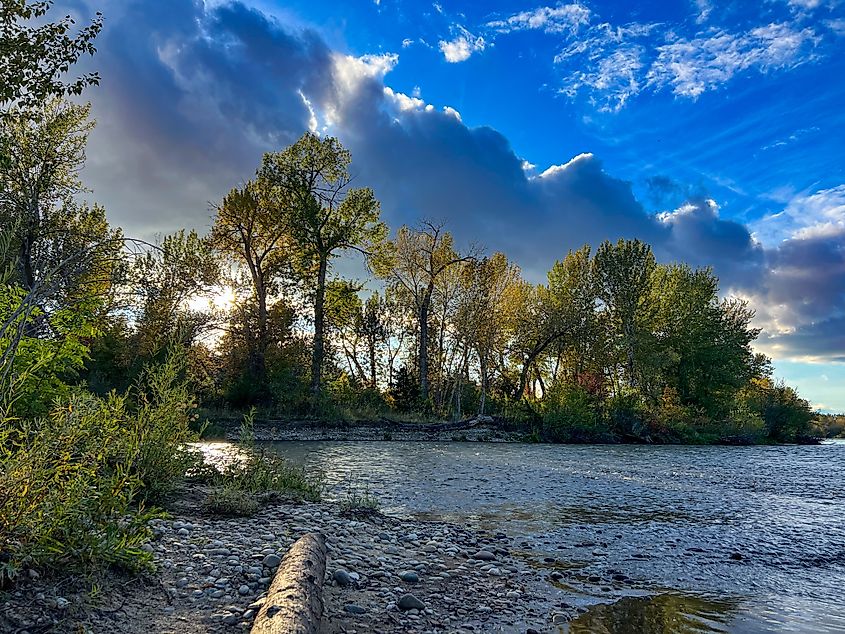
Part of the Cascade Reservoir system, Boise Cascade Lake is a serene 17-mile lake that's perfect for fishing and hiking. Bluegill, bass, catfish, salmon, perch, and trout are favorites of anglers, while bullhead, crappie, walleye, and whitefish have been observed sporting in this lake's waters. The 1.3-mile loop trail is an easy route that's perfect for casual or experienced hikers, and offers plenty of opportunities for birdwatching. Windsurfing and sailing are popular activities on this lake, with six boat launch ramps. The lake offers multiple campgrounds along its 86 miles of shoreline, all with gorgeous views of the North Fork Mountain Range.
Unfortunately, this lake is also home to the Western Rattlesnake. This snake is beige with dark brown blotches, which camouflages it perfectly among the rocky terrain of the Boise area. Hikers are likely to hear its telltale rattle coming from tall grass or rocky outcroppings before they see the snake, but it's not always a guarantee. These snakes are not aggressive, but they will strike when they feel threatened.
Magic Reservoir
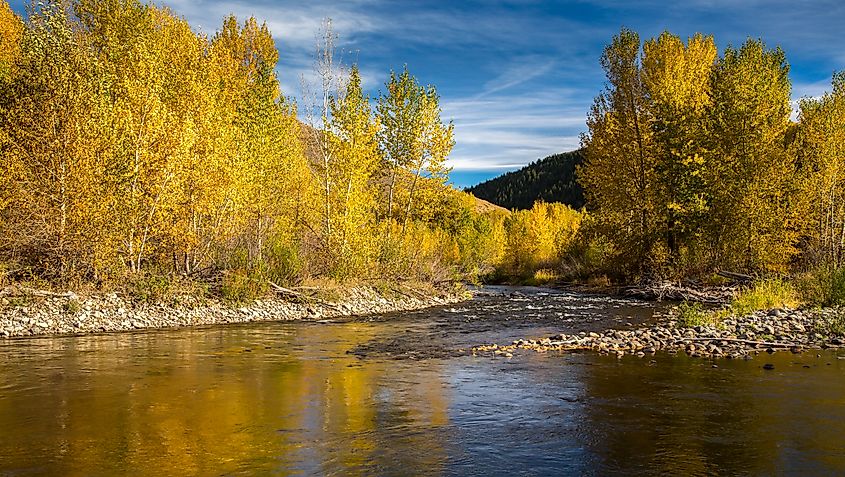
Fed by the Big Wood River and water from Idaho's snow-capped mountain peaks, Magic Reservoir sits on the edge of the high desert, a gateway from peaks to plains. The clear water is ideal for boating and swimming, and the ample trout make it a perfect place to fish. It's popular with birding enthusiasts for its vibrant waterfowl communities and its many birds of prey, and the many campgrounds and RV sites make it a great destination for a camping vacation.
However, swimmers should use caution when venturing into these clear waters. Keen-eyed watchers have spotted rattlesnakes swimming along with humans. The venom of these creatures contains over 100 different active compounds that can paralyze or cause nerve damage to their victims. Hikers should beware when reaching under rocks or looking under bushes, as rattlesnakes like to hide there. Winter sports enthusiasts take heart: These reptiles usually hibernate during the winter, making the cold seasons inactive ones when you're less likely to get bitten.
Lake Lowell
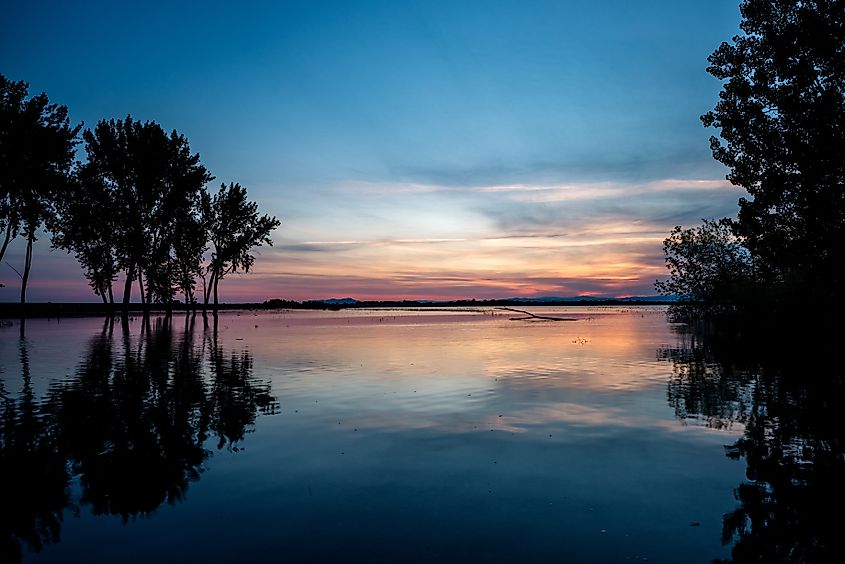
Birdwatchers gather at the shores of Lake Lowell, just southwest of Boise, to spot their favorite avian species. With herons, pelicans, bald eagles, and 200 other species of birds, this lake is the perfect place to find wildlife in its natural habitat. Bordered by the Deer Flat National Wildlife Refuge, Lake Lowell also boasts foxes, deer, and even coyotes in its tranquil woods. It's a favorite of hunters as well as hikers, boaters, and swimmers.
Along with its furry and feathered denizens, Lake Lowell is also home to the gophersnake or bullsnake. Commonly mistaken for rattlesnakes, these brown and yellow snakes will hiss and flick their tails when threatened, and may flatten their head in order to mimic the triangular head of its more venomous cousins. They may bite if handled. While their bite can be painful, it's not venomous.
Langer Lake
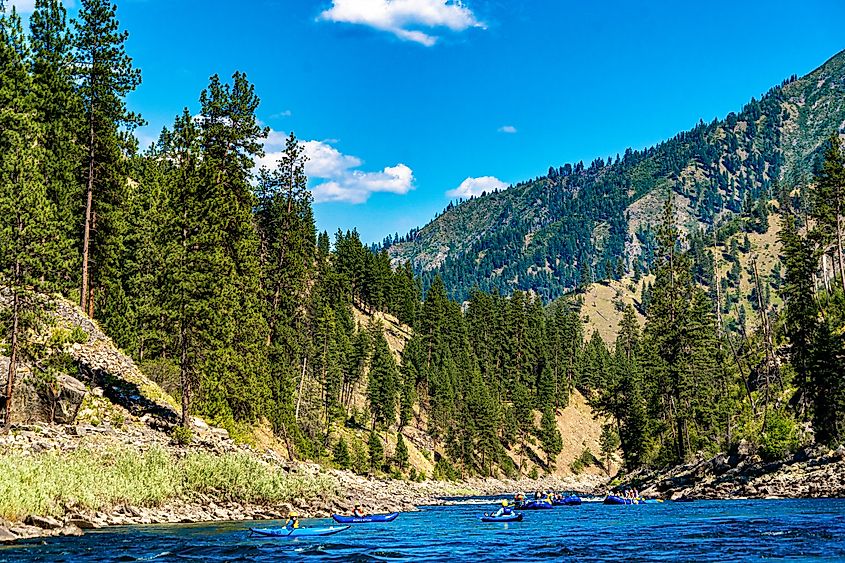
Set in the midst of the Frank Church-River of No Return Wilderness Area, Langer Lake is an unforgettable haven that mirrors the blue sky, the pale mountains, and the green spruce and pine that surround it. Framed by Ruffneck Peak and Langer Peak, this lake is accessible for hikers through the 4-mile Langer Lake Trail, which starts at the Langer Monument, dedicated to a search and rescue party that died in a plane crash searching for a downed Army bomber. The trail offers gorgeous views of the surrounding mountains.
Langer Lake is also home to the Prairie Rattlesnake, one of Idaho's two venomous snake species. You'll find the Prairie Rattlesnake in caves and crevices, grass and shrubs. It comes in many colors, including brown, yellow, and olive green, and sport dark blotches along their back that turn into rings close to its tail. Their slitted eyes resemble those of a cat's. Fortunately, the prairie rattlesnake isn't especially aggressive. When faced with hikers, it's more likely to freeze in place or slither away than strike.
Final Thoughts
Idaho is full of beautiful lakes that offer plenty of chances for fishing, boating, swimming, and hiking. Its trails and wilderness are perfect for birdwatchers, hunters, and nature lovers of all kinds. However, its wildlife can be dangerous, especially its snakes. Always keep a lookout for rattlesnakes when you're hiking in Idaho, and listen for their telltale rattle. If you're bit by a snake while hiking, call 911 or find emergency medical help immediately. Snake venom only gets more dangerous with time, and in an emergency, even minutes may count.











